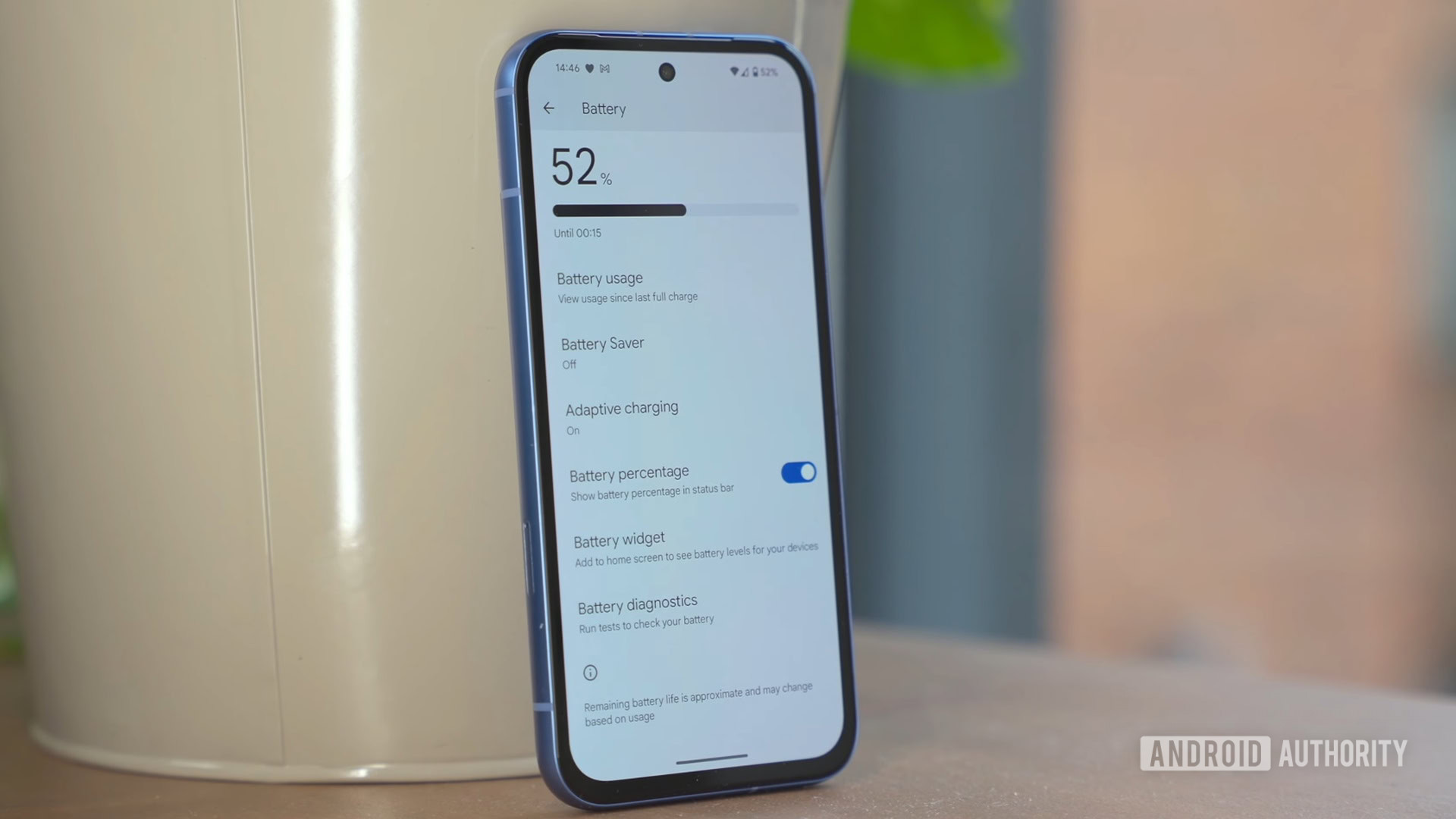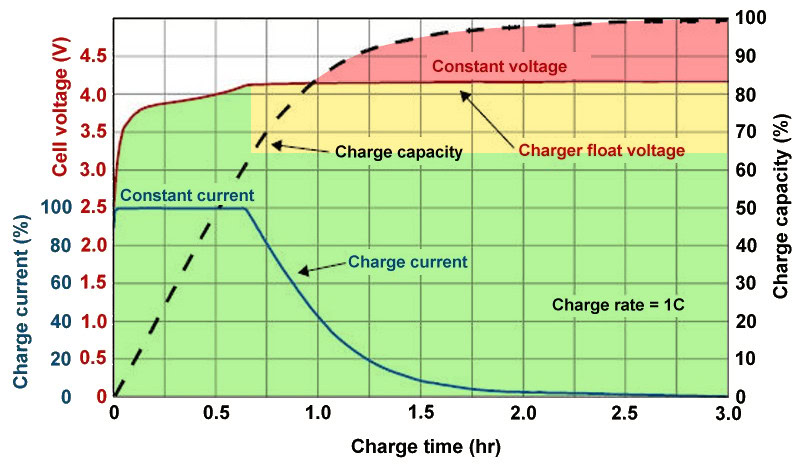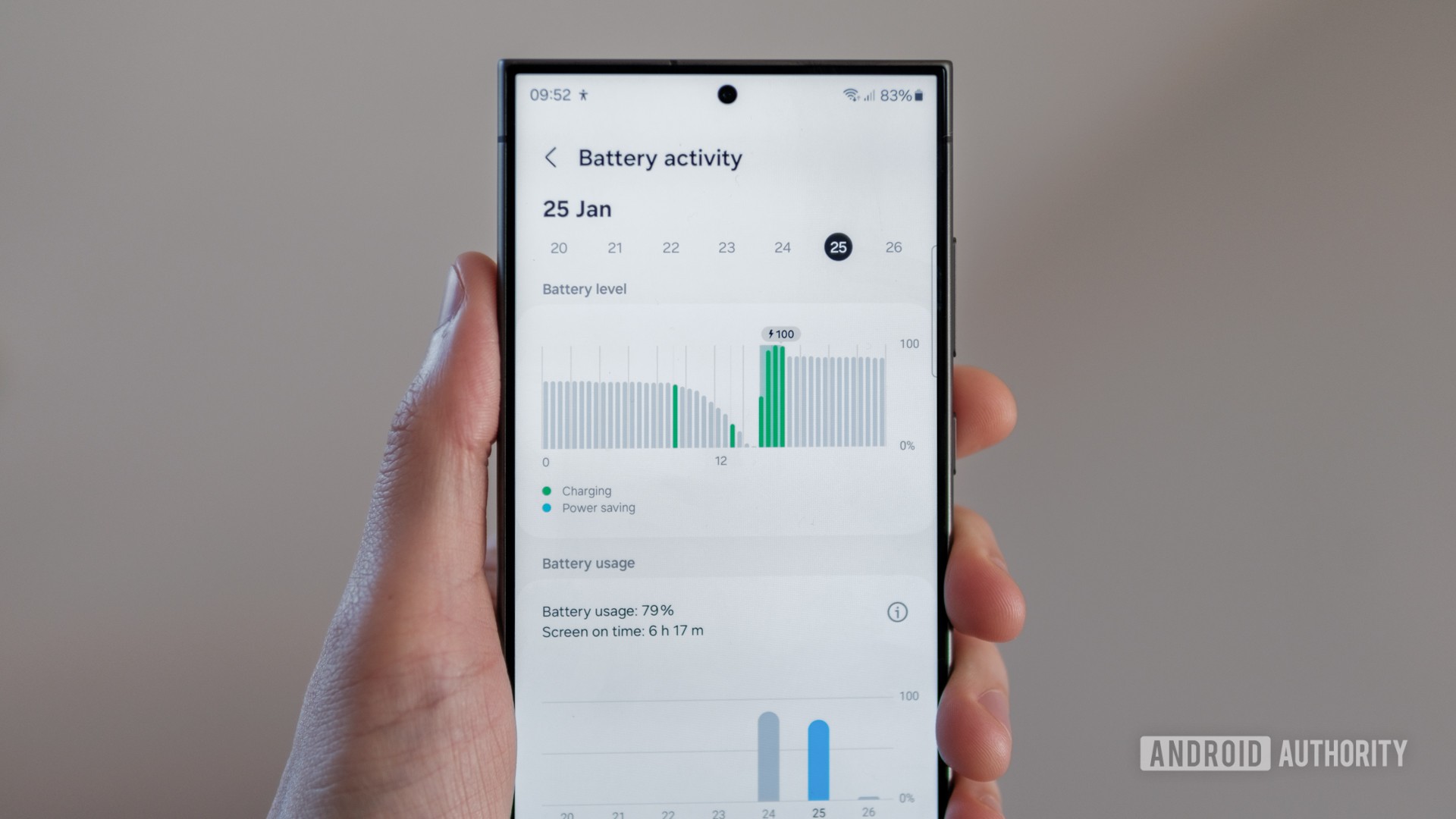Affiliate links on Android Authority may earn us a commission. Learn more.
Does charging your phone to just 80% really make it last longer?
September 5, 2024

Longer update pledges mean that battery health is a big deal for modern smartphones, and manufacturers are starting to take note. We already have features like Adaptive Charging, but Android 15 is expected to introduce an optional 80% charging limit in a bid to prolong battery lifespans. This will match a similar feature that Apple already debuted with the iPhone 15.
But doesn’t that number, 80%, seem rather arbitrary? Is there really any point in capping yourself at less than full capacity? It’s time to wade through more battery facts and fiction. Here’s what you should know.
Do you follow the 80% rule for battery charging?
Keeping batteries healthy for longer
Battery health has two major arch nemesis: heat and voltage. The former can mostly be controlled by keeping your phone off a hot dashboard, not charging it under your pillow, and using slower charging when you don’t need a quick top-up. Voltage wear, however, can’t be controlled so easily by the user; voltage stress is simply a result of charging a battery.
You see, a near-empty battery has a lower voltage than a full one. This voltage gap can actually be leveraged to speed up charging; there’s some wiggle room below the peak voltage that provides a higher tolerance for voltage peaks caused by high currents. This is how a lot of blazing-fast charging technologies work without ruining your battery. However, as a battery fills up, its voltage increases, and therefore, there’s less tolerance between the instantaneous and max voltages. Li-ion batteries must never exceed their rated voltages, or they’ll explode! You have to be slow and careful to charge a battery up to full.

Charging engineers are obviously careful to avoid exploding batteries, but wear still occurs even just by putting the battery in a higher voltage state. Anode saturation gradually reduces the available lithium capacity of the battery. Electrolytes can also gradually degrade into gasses when in a high state of charge, and the battery’s cathode can also dissolve into the electrolyte. None of this is worrisome in a single instance and is somewhat unavoidable anyway, but over time, the extra wear adds up, gradually depleting the battery’s capacity quicker than is ideal.
Full charge results in a higher voltage which results in additional wear over time.
Typically, battery voltages increase the fastest for the first 60% and then slowly continue until full. Hitting stop at about 80% is a good halfway house; the battery isn’t quite at its peak voltage, where the most damage occurs, but is charged up enough to provide hours of use. It’s not snake oil; there’s plenty of good science behind the seemingly arbitrary 80% metric, but is it actually useful in practice?
Should I only charge my phone to 80%?

The fact is your phone’s battery will eventually degrade no matter what you do; it’s just a question of how best to manage that slow decline, depending on your needs. The most judicious chargers who keep their phone cool and follow the 80% rule could potentially extend their battery’s lifespan by a year or more, which is certainly worthwhile. However, it’s a personal question whether artificially limiting yourself to 80% today is worth the longer-term gains.
Let’s look at the worst case. Modern smartphone batteries are regularly rated for at least 500 charge cycles before falling to 80% of their original capacity, and some are rated for 800 cycles or more. That’s almost a year and a half of charging your phone from empty to full every day, which is an unlikely routine. Most consumers will probably make it at least two years before noticing a degradation in battery life and longer still before it becomes a real problem. And that’s without taking any other precautions.
Limiting yourself to 80% charge could delay a battery replacement by a year or more.
Thankfully, modern phones help out a bit by default. 100% is never actually quite fully full; phones continue to trickle charge for a while longer after displaying the fully charged notification, so taking your phone off the plug promptly helps avoid stress from idle charging. Making use of Adaptive Charging or Optimized Charging (depending on your phone brand) will help further by keeping the battery at a lower capacity and voltage until right before you typically unplug your phone in the morning. Healthy routines like this could help your battery easily make it to that three-year mark.
But if you really want to maximize your battery’s lifespan, many users without hugely demanding workloads could further benefit by simply capping their phone, laptop, and other gadget batteries to 80% charge (where possible). This will further improve battery health while still seeing you through a typical day. But I’d hesitate to recommend taking your phone off the charger any earlier than 70% if you want to enjoy a full day of use.
You'll need to replace a battery eventually, but the 80% rule could be the difference between one or two replacements over seven years.
If you regularly run out of juice by the end of the day, play lots of games, or (like me) have bizarre charging habits where your phone is seldom full anyway, worrying about an 80% cap isn’t worth the battery anxiety. Make use of your phone as you please, and just be aware that, after a few years, your smartphone battery will need replacing. If you’re planning to keep your phone for five, six, or seven years, you’re going to need a battery replacement regardless, so don’t fret it.
Thankfully, Apple, Google, and Samsung all offer competitive battery replacement schemes, even for older handsets. $80 or so is not particularly bad to keep a phone running for many more years. That said, you might pay over the odds in some regions, and availability and prices from other brands vary quite a bit. These costs are inevitable with long-term ownership; it’s just a question of how many months you can try to delay the inevitable. Following the 80% rule will certainly help.